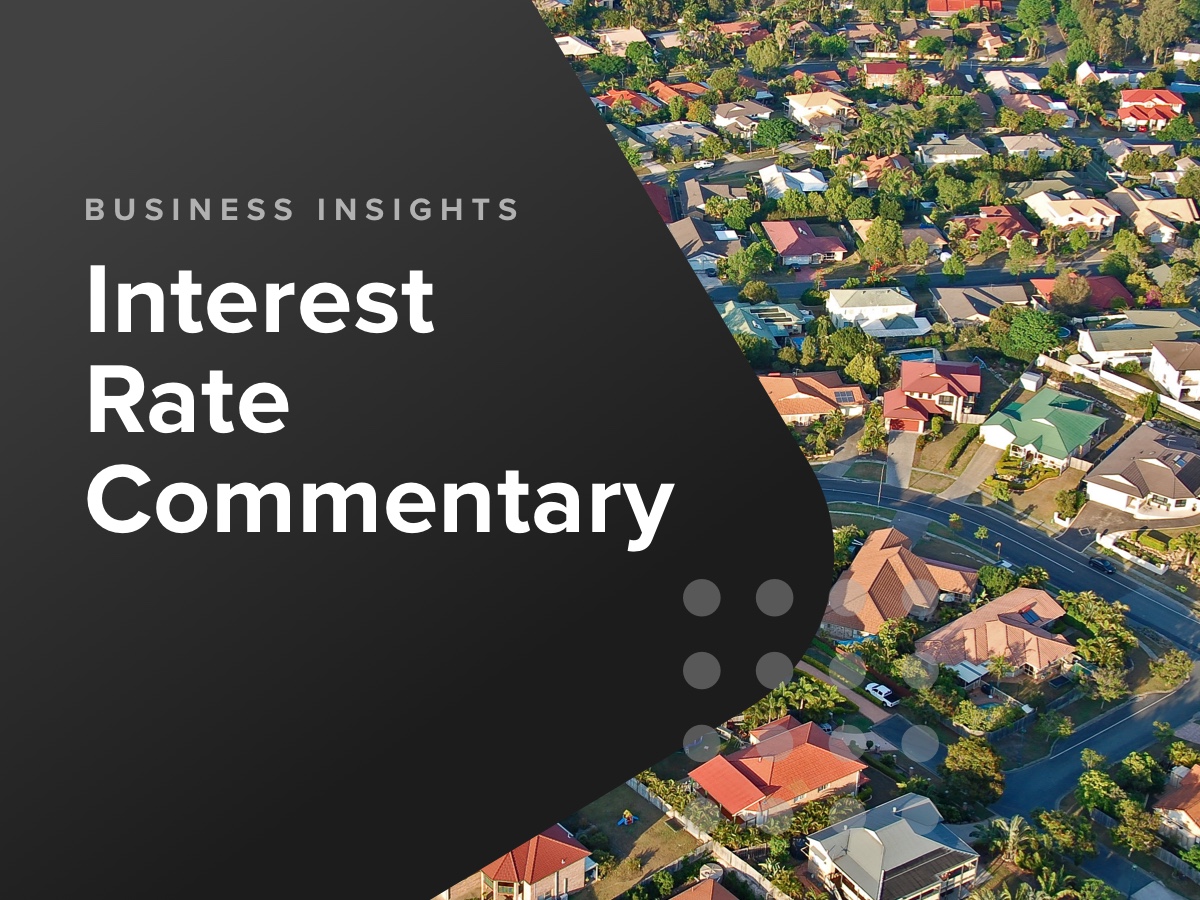September 2016 was a mixed month for the Australian economy, and one that brought both incredible milestones and sudden, unexpected troughs. To begin with, the end of the month saw Australia complete its 100th consecutive quarter without a recession, continuing a 25-year growth streak that is the second highest in history. Given that this period includes the Great Recession, this is a remarkable achievement that underlines the strength and durability of the Australian economic model.
This was followed by some surprising and less than reassuring news, however, as it was announced that the nation’s GDP actively shrunk by 0.05% during the third quarter of 2016, despite predictions that it would increase by the same amount. While this may be seen by many as little more than a short-term blip (as opposed to the beginning of a sustained economic decline and a fully-fledged recession), there is no doubt that the economy faces a challenging start to the New Year while it awaits the results from quarter four.
Make no mistake; another quarterly contraction could signal the official onset of a recession in Australia, which could have a devastating impact on unprepared SMEs nationwide. With this in mind, here are some predictions that may help small business owners to create contingency plans for the year ahead and cope in the event that the fourth quarter delivers less than positive results:
China’s economic issues could drive commodity costs down
At the beginning of the fourth quarter, the Australian government announced a trade surplus of $1.24 billion, while heralding this as a portent of reviving economic fortunes after the third quarter contraction. In fact, this did little more than reaffirm the fragile nature of the Australian economy, and more specifically its reliance on an ailing Chinese economy.
After all, commodity prices in Australia (and particularly those of key resources such as iron ore and coal) have been in decline for more than 18 months and only saw a brief upswing during the summer of 2016. This was the result of a temporary rise in the short-term demand for coking coal, which is used in steel-making and remained in high demand in China at the time after the government invested heavily in infrastructure and economic stimulus packages.
This rise in demand was short-lived, however, as the Chinese economy has contracted further since this time while the nation’s dispute with incoming U.S. President Donald Trump is triggering further volatility. With this state of affairs likely to have worsened during the fourth quarter, certain SMEs (particularly those involved in the export market) should brace themselves for tumbling commodity prices and the potential for their margins to be squeezed during the formative months of 2017.
Interest rates are likely to fall to historic lows
In the summer of last year, Australia’s government reacted to initial economic contraction and a struggling labour market by lowering interest rates to 1.5%. This represented a reduction of 25 base points, and while this rate is still higher than those in the U.S. and the UK it marked an historic low for the usually buoyant economy.
This should not come as a surprise given the fall in commodity prices and the declining economic sentiment in Australia, while the fact that inflation remains low means that the rate is unlikely to increase any time soon. In fact, if the fourth quarter does highlight a further economic contraction it is more likely that we will see interest rates slashed further in a bid to stimulate demand.
If the rate did fall to 1.25% or 1% during the first quarter, the economy may see an initial up-lift as the cost of doing business, borrowing money and buying goods is carefully controlled. If it is sustained throughout 2017 and continues to underpin low levels of inflation, however, SMEs may need to realign their pricing in order to remain competitive while impacting negatively on the margins in the process,
Similarly, the continuation of a low base rate can also create unrealistic expectations concerning expenditure, as customers become increasingly loath to spend as they await further reductions. This can cause widespread stagnation, and it is something that SMEs may need to prepare for in the year ahead.
Tighter regulation will reduce the cost of gas for SMEs
We have already touched on the fact that fourth quarter figures are likely to showcase a decline in commodity prices. One exception to this rule could be provided by the burgeoning LNG market, with exports of liquid, natural gas expected to peak at 52.4 million metric tons during the formative months of 2017.
Not only does this create additional opportunities for those who are looking to trade commodities and national market indices, but it also also offers some hope for SMEs and manufacturers. After all, traditional gas prices in Australia have soared disproportionately as a result of a restricted supply in recent times, rising above and beyond export parity in the process. This is having a pronounced impact on the competitiveness of small businesses and independent manufacturers, and it is hoped that LNG growth could create greater balance in the marketplace.
This may only be a short-term solution, unless the Australian government strive to regulate gas prices and reduce existing bans on exploration and discovery projects among the nation’s fields. Without decisive action, we may see LNG growth and small business output diminish towards the end of 2017, while manufacturing output could record losses of $118 billion by the end of 2021.
About the author
Marcus Turner Jones graduated in Economics from the University of Sheffield before persuing a career as a Market Analyst in London. He now writes freelance from Buenos Aires with his dog, Luna.



